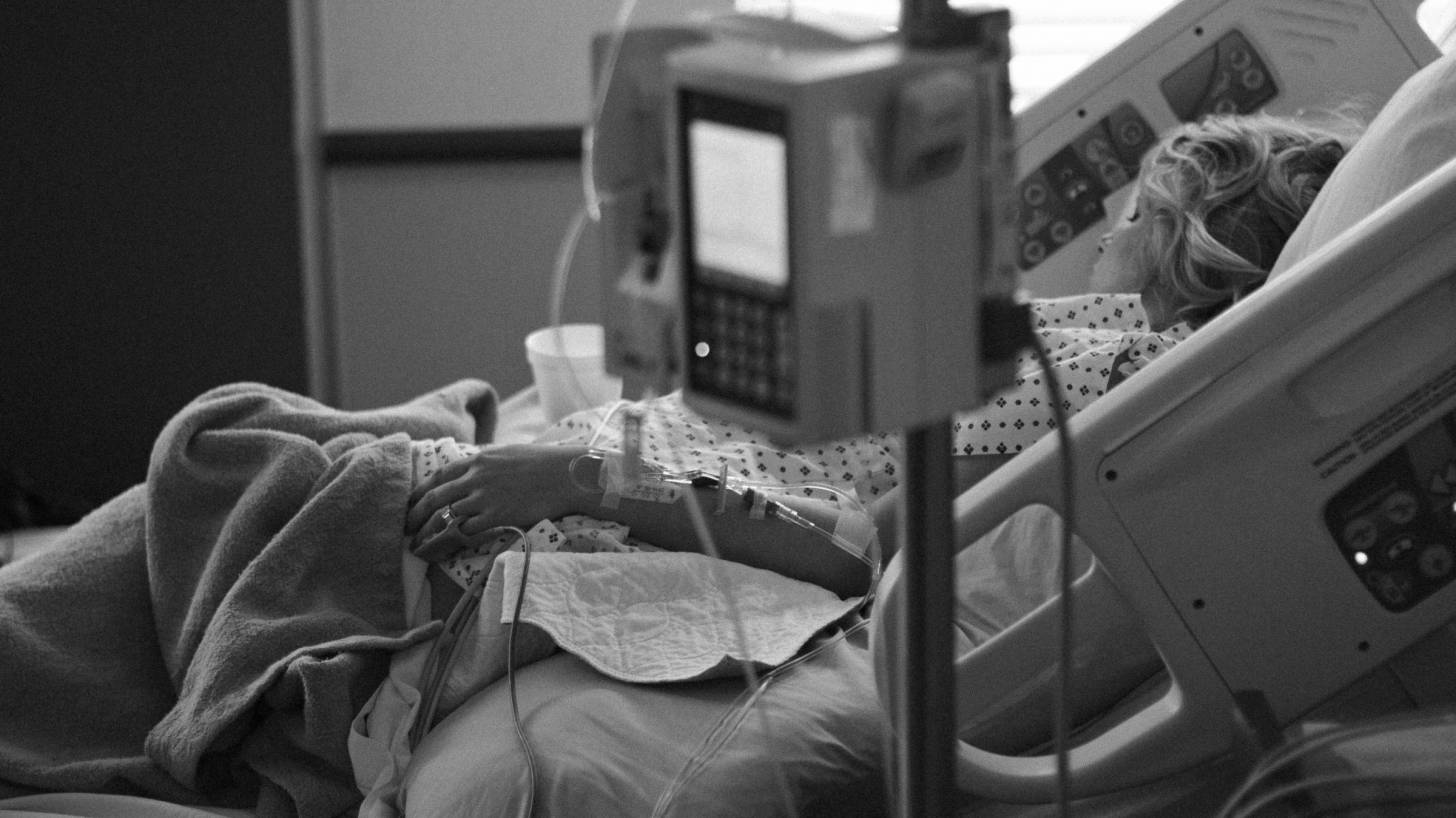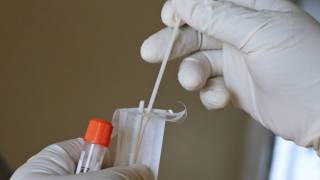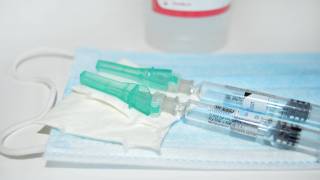Getting Ahead of Sepsis

The Centers for Disease Control and Prevention (CDC) launched ‘Get Ahead of Sepsis’, an educational initiative to protect Americans from the devastating effects of sepsis.
This initiative emphasizes the importance of early recognition and timely treatment of sepsis, as well as the importance of preventing infections that could lead to sepsis.
Sepsis is the body’s extreme response to an infection. It is life-threatening, and without timely treatment, sepsis can rapidly lead to tissue damage, organ failure, and death.
Each year in the U.S., more than 1.5 million people develop sepsis, and at least 250,000 Americans die as a result of this intense infection.
Sepsis occurs most often in people older than 65 years and younger than 1 year, with weakened immune systems, or with chronic medical conditions, such as diabetes.
The best way to prevent sepsis is to practice appropriate hand hygiene, and stay current with vaccinations, such as flu and pneumococcal.
Public education is critical to save lives since. For many patients, sepsis develops from an infection that begins outside the hospital.
‘Get Ahead of Sepsis’ calls on healthcare professionals to educate patients, prevent infections, identify sepsis early, and start sepsis treatment fast.
In addition, this work urges patients and their families to prevent infections, be alert to the symptoms of sepsis, and seek immediate medical care if sepsis is suspected or for an infection that is not improving or is getting worse.
“Detecting sepsis early and starting immediate treatment is often the difference between life and death. It starts with preventing the infections that lead to sepsis,” said CDC Director Brenda Fitzgerald, M.D.
“We created ‘Get Ahead of Sepsis’ to give people the resources they need to help stop this medical emergency in its tracks.”
People with sepsis are best treated in a hospital. Doctors treat sepsis with antibiotics as soon as possible.
Research shows that rapid, effective sepsis treatment, which includes giving antibiotics, maintaining blood flow to organs, and treating the source of infection, can save lives.
An infection is caused when germs enter a person’s body and multiply, causing illness, disease and possibly organ and tissue damage.
Sepsis is when that infection isn't stopped, causing a life-threatening condition.
The signs and symptoms of sepsis can include a combination of any of the following:
- confusion or disorientation
- shortness of breath
- high heart rate
- fever, or shivering, or feeling very cold
- extreme pain or discomfort
- clammy or sweaty skin
“Healthcare professionals, patients, and their family members can work as a team to prevent infections and be alert to the signs of sepsis.” said Lauren Epstein, M.D., medical officer in CDC’s Division of Healthcare Quality Promotion.
“Get Ahead of Sepsis’ encourages healthcare professionals and patients to talk about steps, such as taking good care of chronic conditions, which help prevent infections that could lead to sepsis.”
Four types of infections are often associated with sepsis: lung, urinary tract, skin, and gut. The most frequently identified germs that cause infections which develop into sepsis include:
- Staphylococcus aureus
- Escherichia coli (E. coli)
- Select Streptococcus species
For more information Get Ahead of Sepsis.
Our Trust Standards: Medical Advisory Committee



























